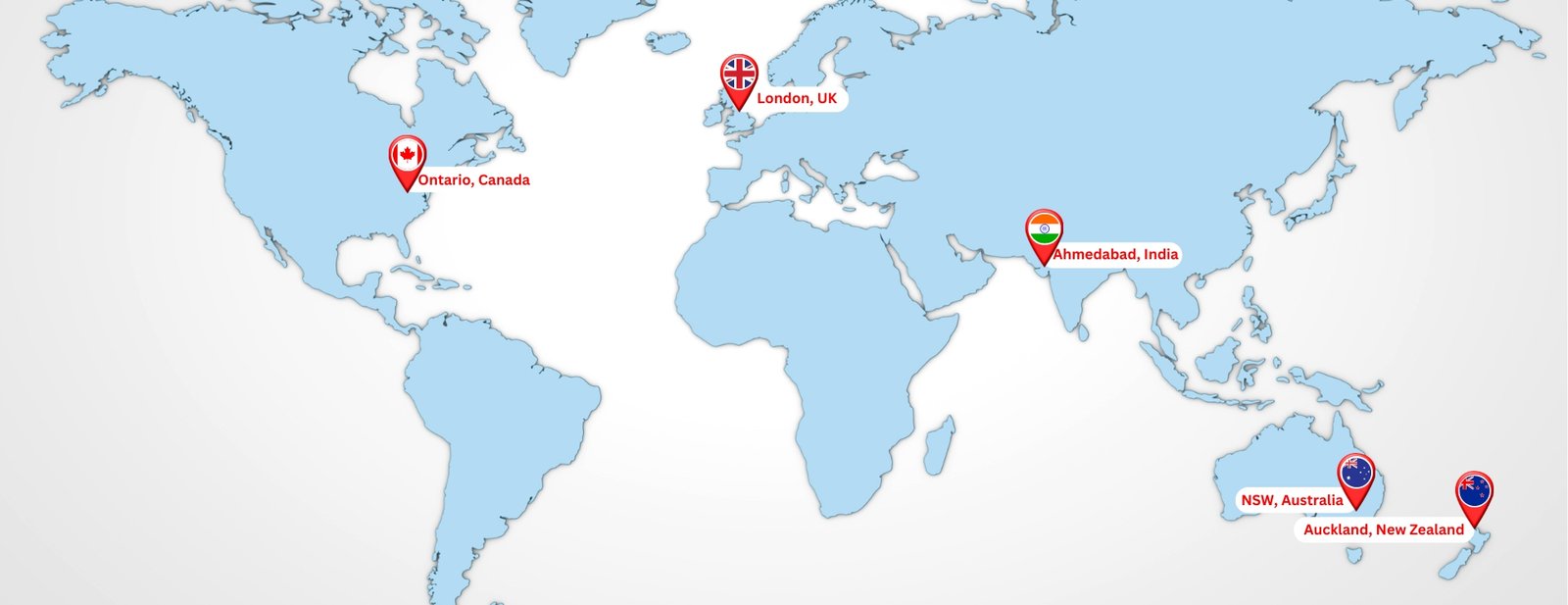
Exploring Comprehensive Computational Fluid Dynamics Solutions by SynnopTech CAD Solutions
SynnopTech CAD Solutions specialises in using cutting-edge Computational Fluid Dynamics (CFD) capabilities to revolutionise engineering simulations. We have a commitment to pushing the limits of innovation, and one of the ways we do this is by utilising CFD to deliver accurate insights into the behaviour of fluids and optimise designs across a wide range of industries.

What does "Computational Fluid Dynamics" exactly mean?
CFD is a numerical technique that analyses the behaviour of fluid flow and heat transfer using computational methods. It involves breaking down a complex fluid domain into a grid of cells, applying governing equations, and solving them iteratively to simulate fluid behaviour. Turbulence modelling, boundary conditions, and convergence criteria are integral aspects of CFD simulations, ensuring accurate and reliable results.
What are some of the Computational Fluid Dynamics Services SynnopTech CAD Solutions provide?
1. Aerodynamic Simulations: Enhancing Efficiency and Performance
Utilising CFD to analyse the complicated inner workings of aerodynamics is one of our primary areas of expertise. Our aerodynamic simulations make it more straightforward to understand airflow patterns, drag forces, and lift characteristics in a variety of fields, including aviation, automotive design, and wind energy, among others. We make it possible for our customers to refine their designs, reduce their overall energy consumption, and improve their overall performance simply by offering them insights into the ways in which fluids interact with solid structures.


2.Thermal Analysis: Ensuring Optimal Heat Management
The study of thermal dynamics has significance in a wide variety of fields, including electronics and industry. A comprehensive knowledge of computational fluid dynamics (CFD) makes it possible to analyse heat dispersion, dissipation, and the thermal behaviour of complex systems. The understanding of cooling, the identification of hotspots, and the development of anti-overheating solutions are all fueled by simulation, which scales up longevity and dependability.
3.Fluid-Structure Interaction (FSI): Bridging Real-World Scenarios
In scenarios where fluid flow interacts with solid structures, our FSI simulations provide a holistic view. This ability has limitless applications in biomechanics, civil engineering, and offshore structures. We are professionals at the complex movement between the force of fluid and the response of the structure, and we use this understanding to construct designs that can withstand the challenges of reality, manage potential risks, and embrace optimal performance.

Industries We Serve

Aerospace

Automotive

Defence

Entertainment

Healthcare


